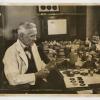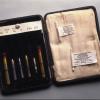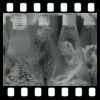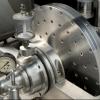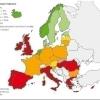The end of the wonder drug?
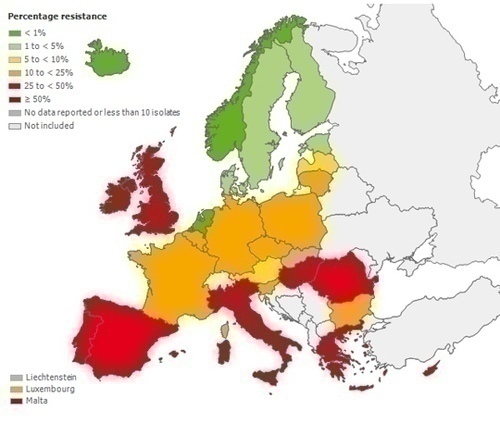
Proportion of Methicillin resistant Staphylococcus aureus (MRSA) isolates in participating countries in 2010.
When penicillin first came into use, the dosage for an adult with a serious infection was usually about three hundred thousand units, typically given only once as an oil-based injection.
Over time, the bacteria’s resistance to penicillin has risen to the extent that doses as high as two million units per day are now used. This phenomenon has long been known to clinicians, which is one reason why the antibiotics are sold by prescription only.
In addition to the individual regulations made by individual governments, the issue is also monitored by international institutions. In 1999, the European Commission founded an European Antimicrobial Resistance Surveillance System (EARSS). This system is coordinated by the Dutch National Institute of Public Health and the Environment (RIVM) and aims to survey and control (as much as possible) the resistance of different types of bacteria to antibiotics.
Since the incidence of Staphylococcus aureus bacteraemia (SAB) has increased significantly over the past few decades and become a leading cause of bloodstream infections in most of the industrialized world.
The map showing the resistance of the bacteria to antibiotics is genuinely alarming.
 Previous Story
Previous Story
How to cite this page
Slawomir Lotysz, 'The end of the wonder drug?', Inventing Europe, http://www.inventingeurope.eu/story/the-end-of-the-wonder-drug
Sources
- Johnson, Alan P. Methicillin-Resistant Staphylococcus Aureus: The European Landscape. Journal of Antimicrobial Chemotherapy, (2011) 66 (suppl 4): iv43-iv48. http://jac.oxfordjournals.org/content/66/suppl_4/iv43.full





